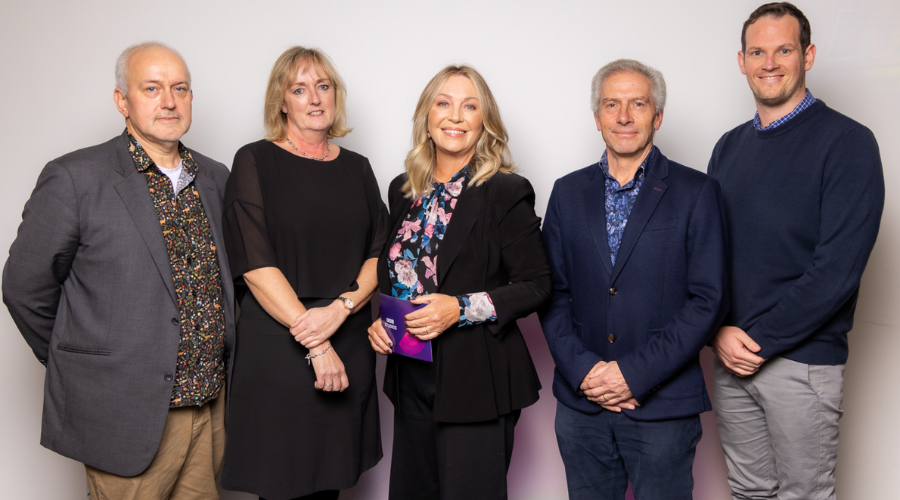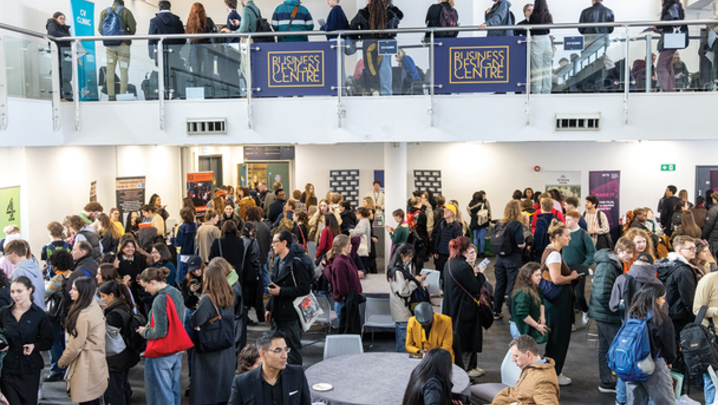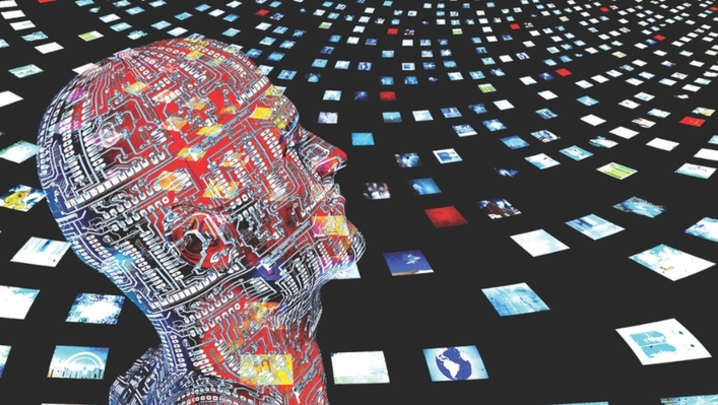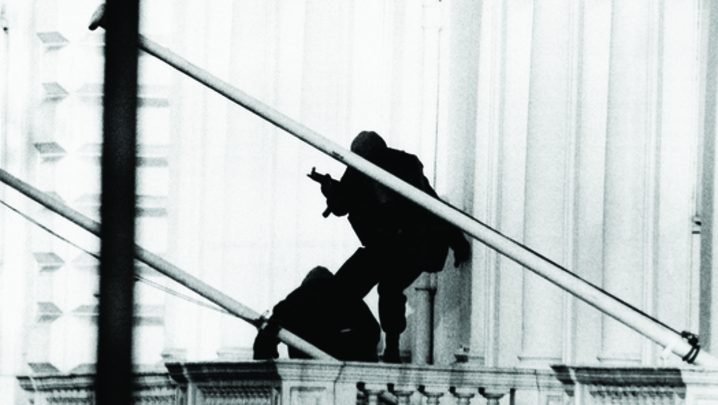The RTS provides an insider's guide to what is involved in perfecting live coverage of three of the biggest royal events of our times
Seventy years ago, on 2 June 1953, the coronation of a new queen at Westminster Abbey ushered in Britain’s age of television. The BBC’s meticulously organised coverage of the young Elizabeth II’s coronation was widely praised, despite the uneven picture quality, as an estimated 20 million tuned in, more than half the adult population.
Today, in an utterly different screen epoch, the BBC is acknowledged even by its enemies to be unmatched at covering national events, especially those involving the Royal Family. It was therefore appropriate for the RTS to host an event in November examining how Claire Popplewell, Creative Director of BBC Studios Events Productions, and her team at BBC Studios plan for such occasions.
In less than a year they covered the Queen’s Platinum Jubilee, the Queen’s funeral, and the King’s coronation. These were three completely different events that ranged from the profoundly sad to the solemn and the celebratory, as the likes of Lionel Richie, Diana Ross and Rod Stewart added some showbiz sparkle to the celebrations.
Each was broadcast live to near universal acclaim as the corporation again proved that it is in a class of its own when it comes to broadcasting events with the capacity to bring our fractious nation together.
Listening to the panellists describe the challenges involved in bringing these occasions into people’s homes, one was struck by their collective sangfroid, the ingenuity of their colleagues and the steps taken to pre-empt anything that might get in the way of the BBC striving for perfection.
The audience heard, for instance, how a microphone was attached to the sleeve of a bishop’s robe so that viewers could hear King Charles taking his coronation vows. On the evening of the Platinum Jubilee concert, widely regarded as a stunning piece of staging and production, the flight path to Heathrow over Buckingham Palace was altered to avoid any chance of pilots being blinded by the galaxy of lights that lit up the palace.
The wide-ranging discussion reinforced the impression of sheer professionalism developed over decades of covering national events. “The eyes of the world are watching and there are no second takes,” is how the evening’s note-perfect chair, Kirsty Young, put it. “There are no second chances, you can’t fix it in the edit.”
She, of course, made a welcome return to TV to anchor four days of coverage of the Queen’s Platinum Jubilee and was part of the commentary team for the monarch’s funeral, where she was praised for her closing monologue.
“I genuinely believe we’re working with some of the best people in the business, whether it’s the craft teams – the camera and sound people and riggers – or the editorial teams,” said Popplewell. “It’s a huge privilege to work with people at the top of their craft.”
The state funeral of HM Queen Elizabeth II won two awards for BBC Studios at the recent RTS Craft & Design Awards: Multicamera Work and Director – Multicamera.
One of those present at the event was Nigel Catmur, Lighting Director on the Platinum Party at the Palace, the Queen’s funeral, and the Coronation Concert. He told the RTS that 30-plus years of experience was key to delivering for viewers who expect the highest production standards.
“You go into that concert (the Platinum Party) and you’ve no idea if it’s going to be raining or a bright sunny day. On those types of shows, so much of what we do in terms of the lighting is done on instinct,” he said. “There’s a huge amount of planning but a lot of it is reactionary… Lighting for TV, you’ve got to get the right balance on the face. If the face is too bright and the background is too dark, it looks odd, and vice versa, and that balance is happening in real time.”
He added: “From a lighting perspective, doing a concert in darkness is one thing, but doing one that goes from daylight to darkness is relatively challenging. You want the lighting to have an impact in daylight but also for it to be elegant and beautiful when it gets dark.”
As for the sensitive task of lighting Westminster Abbey for the coronation, the aim was to make the illumination as discrete as possible – bright enough for the cameras but not so bright that the congregation would be distracted by it.
Turning to the state funeral, Catmur said: “On this you’ve got barely any cues and you’re praying for the lights to stay on. There’s 4.7 billion watching worldwide… Over the years, we’ve done so many events at the Abbey that we were well prepared.”
Surely the pressure was immense, Young suggested to the BBC Studios Events chief. “Yes, but you are working with a team who care as much as I did,” replied Popplewell. “Everybody involved wants to get it right.”
One of the difficulties posed by covering the Queen’s Platinum Jubilee was ensuring that the narrative of the monarch’s extraordinary 70-year reign was woven into the weekend, noted Popplewell, despite it being unlikely that, at 96, the Queen would attend the concert.
The “solution” to this problem was the charming film of Her Majesty taking tea with Paddington Bear, voiced by Ben Whishaw, which introduced the Platinum Party at the Palace. The segue from Paddington into Brian May’s rendition of We Will Rock You, as the Queen tapped out the martial beat on her teacup was, to say the least, inspired.
The film’s impact was such that, for many viewers – and not for the first time – the Queen stole the show, just as she had done at the Olympics opening ceremony, when a certain 007 spirited her away from Buckingham Palace.
The RTS was shown the Paddington video in full. “Paddington came about because we guessed that she wasn’t going to be there,” recalled Popplewell, who said it was her outstanding memory of the concert.
The King’s coronation needed to be as near a faultless broadcast as was humanly possible. Back in 1953, there were four cameras discretely placed inside Westminster Abbey and 21 positioned along the route of the procession from the palace to the abbey. At the time, it was called “the OB of all OBs”. In 2023, some 213 cameras were deployed, of which eight were Egripment HotHead remote cameras located inside the abbey.
“Eight cameras might sound like a lot to look at two people, but I used every single camera all the time because there were so many people involved in the coronation,” said Simon Staffurth, Director of the Queen’s funeral, the Platinum Pageant and the King’s coronation.
He recalled: “I was most nervous at the coronation, though not at the time because we were on air a long time – from 7:30am – so there was plenty of time to get warmed up. Before you know it, you’re doing the coronation ceremony. It was only at the end that I thought, ‘Thank goodness for that,’ because I didn’t want to miss the hat going on his head.”
To prepare, Staffurth examined footage of the 1953 coronation to see where the cameras were put. “The centre of Westminster Abbey is known as the Coronation Theatre and contains two thrones and the Coronation Chair,” he explained.
Deciding where to position the cameras was complicated by the fact that, for the crowning, the main protagonists were facing the altar.
The cameras were all hidden and permission had to be obtained before they were put in place. “We managed to put one on top of the altar screen. Luckily, there were beautiful flowers there that concealed the camera,” said Staffurth. “I needed to make sure we had enough cameras in case one of them didn’t work.”
He told the RTS that directing live events is more akin to being a producer/director as they choose the shots. “On other shows there will be several producers behind me telling me what to do, sometimes too many. On a live show you can’t have that chain of command. The director is very much more tuned into the tone of the programme. Of course, comments do come.”
Music was fundamental to the coronation, so it was essential that the microphones were correctly positioned at the abbey. Said Popplewell: “The people who have the biggest challenge are the sound team. All the mics are slung from the ceiling – how do you get that balance [between] choirs, royals, clergy…
“We spent a long time negotiating where we could put the microphones. They had to be discreet. How do you capture the King saying his oath? The King’s not going to wear a radio mic and nor is the Prince of Wales. The mics need to give us what we want but can’t be intrusive.” With the King’s permission, one was stitched inside the monarch’s kneeler.
“Another challenge was around the Coronation Chair. We attached a mic to one of the bishop’s sleeves. There was nowhere else to put it. We’d rehearsed it,” added Popplewell.
Live coverage of the Coronation Concert held outside Windsor Castle and hosted by Hugh Bonneville and starring Katy Perry and Take That, presented a very different set of challenges, not least as the BBC Studios Events team had to oversee the building of what was effectively a concert village.
“I don’t think you could design a location less suited to putting on a concert. Putting Glastonbury on in the King’s back garden was quite a challenge,” said Chris Stent, line producer for the show. “Nowhere is flat. We had to put in 50 portacabins, dressing rooms and build camera platforms.”
With more than 600 performers and a 22,000-strong audience to accommodate, feed and water, 1,700 vehicles were needed. An effort was made to keep the concert’s carbon footprint as low as possible, given the King’s commitment to environmental causes.
“We reduced the carbon footprint prediction by 70% by doing things such as running as much as possible on batteries rather than generators and using sustainable materials, including the fuel,” said Stent. “It was costly and challenging but worth it to put on such a sustainable event. We also worked hard to make the backstage area as welcoming as possible.”
Report by Steve Clarke. ‘BBC Studios events: A masterclass in major events broadcasts and production with Claire Popplewell and team’ was an RTS National Event held on 20 November at Cavendish Conference Centre, London W1. The producer was Harriet Humphries, BBC Studios.







